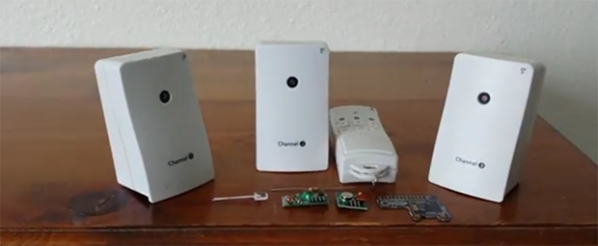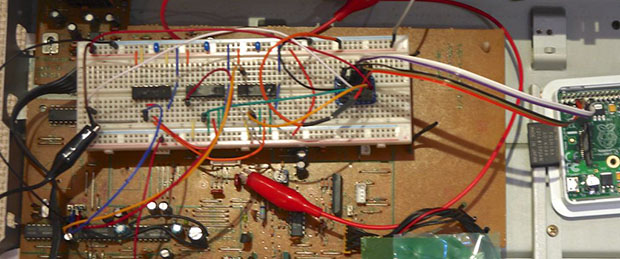[Sven337] just blogged about a gas consumption monitoring setup he finished not long ago. As his gas meter was located outside his apartment and nowhere near any electrical outlet, a battery-powered platform that could wirelessly send the current consumption data to his Raspberry Pi was required. His final solution therefore consists of a JeeNode coupled with the well known nRF24L01+ wireless transmitter, powered by 3 supposedly dead alkaline batteries.
[Sven337] carefully looked at the different techniques available to read the data from his meter. At first he had thought of using a reflective sensor to detect the number 6 which (in France at least) is designed to reflect light very well. He then finally settled for a magnetic based solution, as the Actaris G4 gas meter has a small depression intended for magnetic sensors. The PCB you see in the picture above therefore has a reed sensor and a debug LED. The four wires go to a plastic enclosure containing the JeeNode, a couple of LEDs and a reset switch. Using another nRF24L01, the Raspberry Pi finally receives the pulse count and reports it to an eeePC which takes care of the storage and graphing.

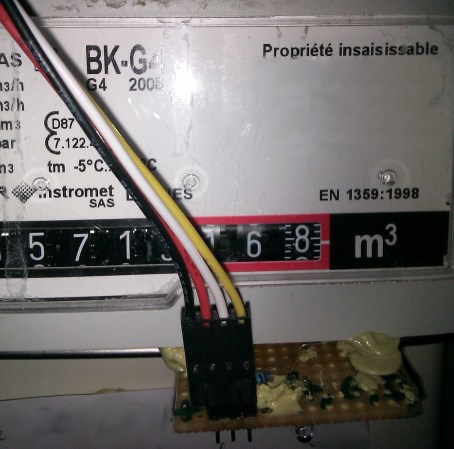
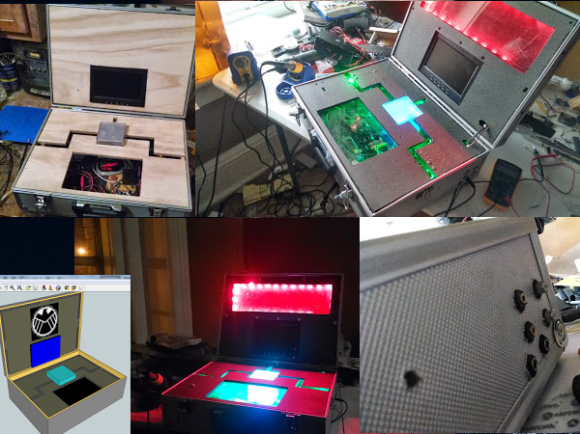
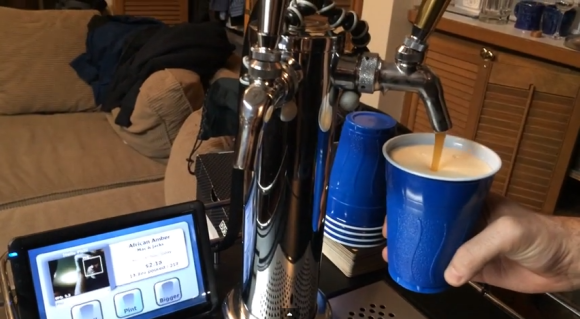 Kegerator ownership is awesome, but it has its downsides. It’s hard to keep track of who drank what without cans or bottles to count. [Phil] was looking for a good solution to this problem when it came to sharing beer with his roommates and friends and has just completed
Kegerator ownership is awesome, but it has its downsides. It’s hard to keep track of who drank what without cans or bottles to count. [Phil] was looking for a good solution to this problem when it came to sharing beer with his roommates and friends and has just completed 
